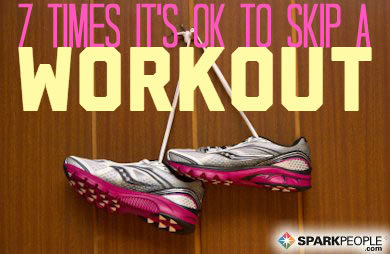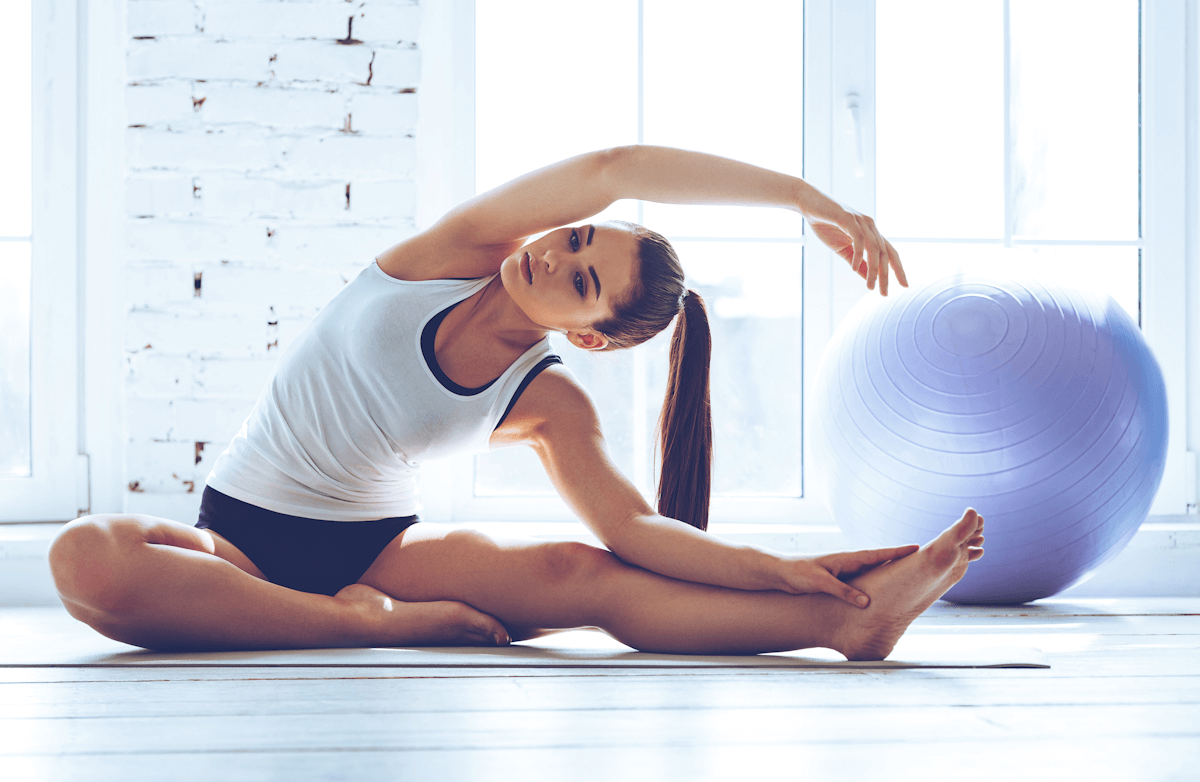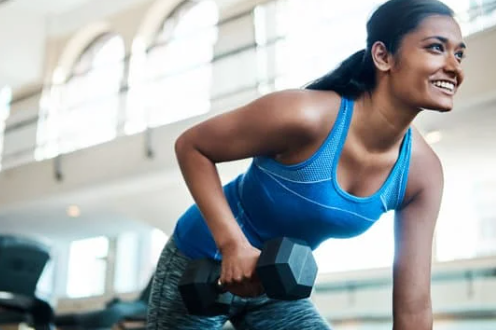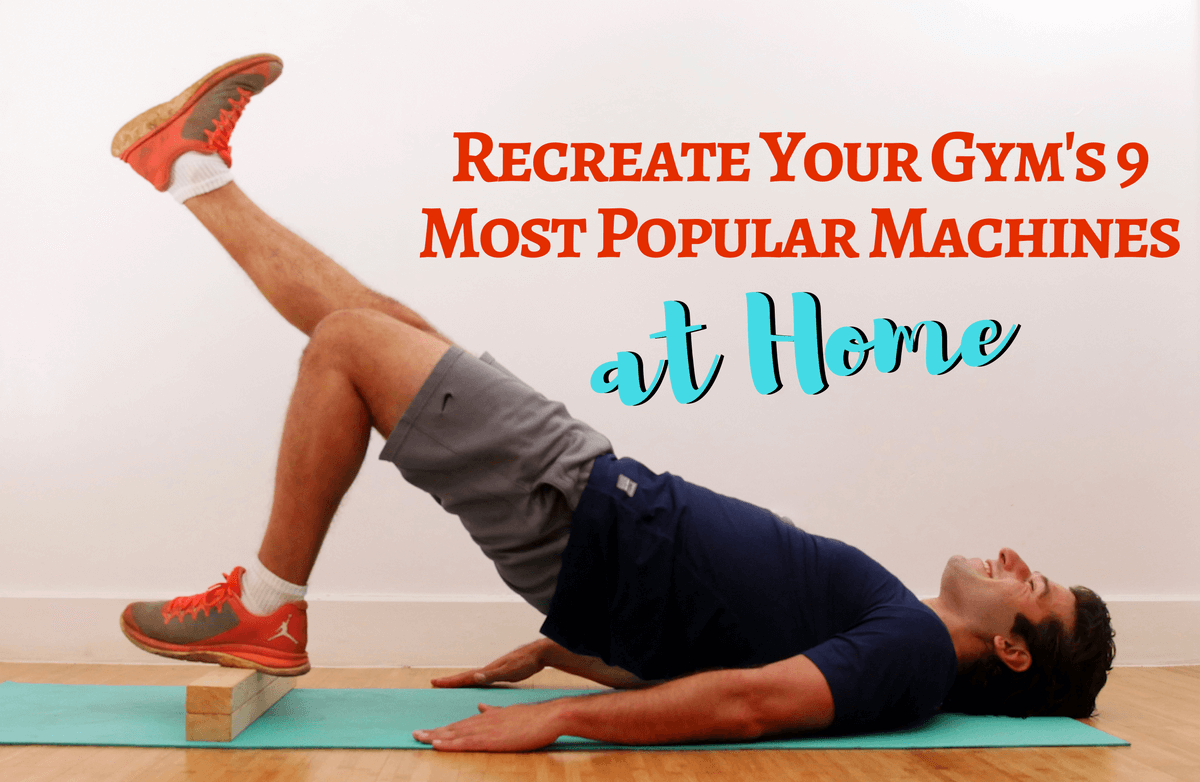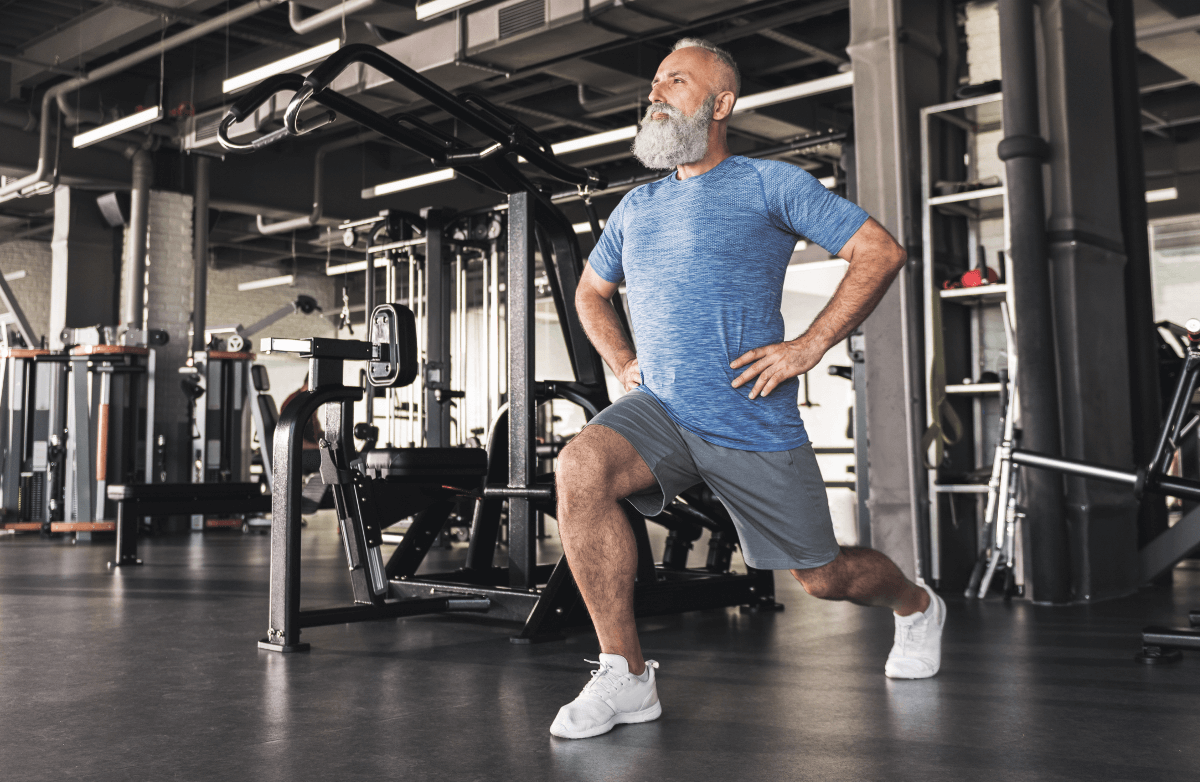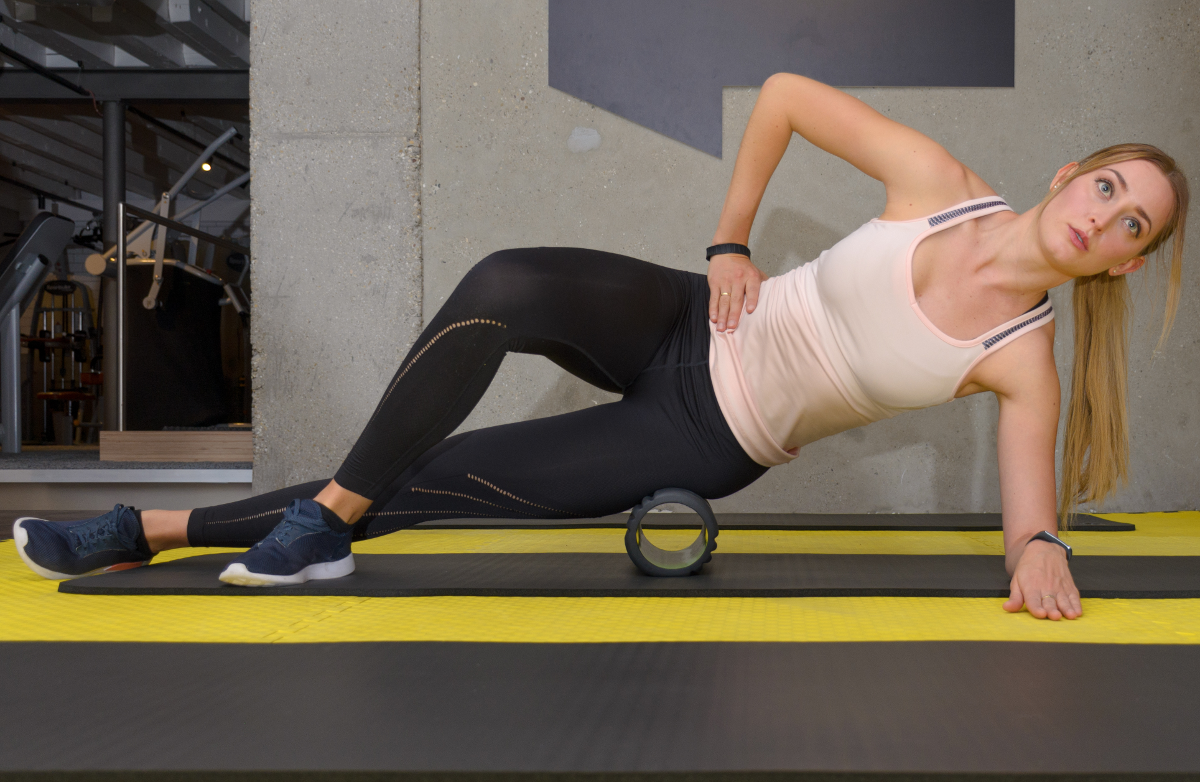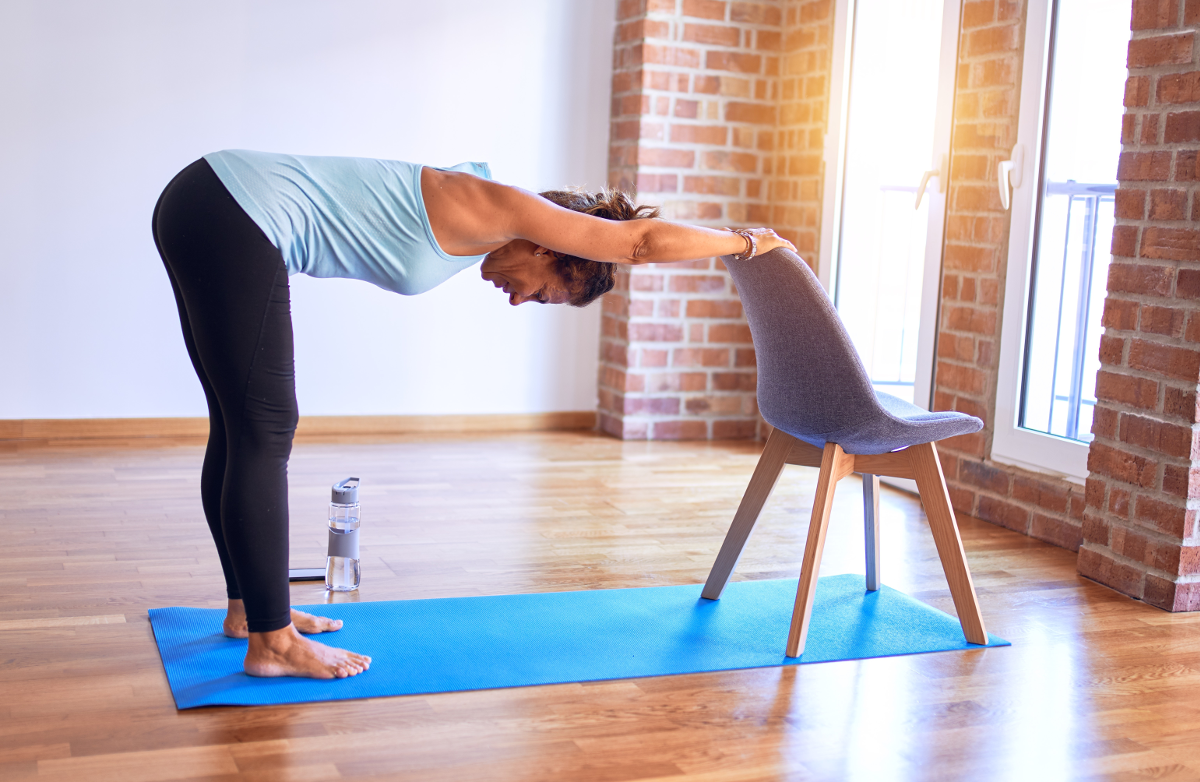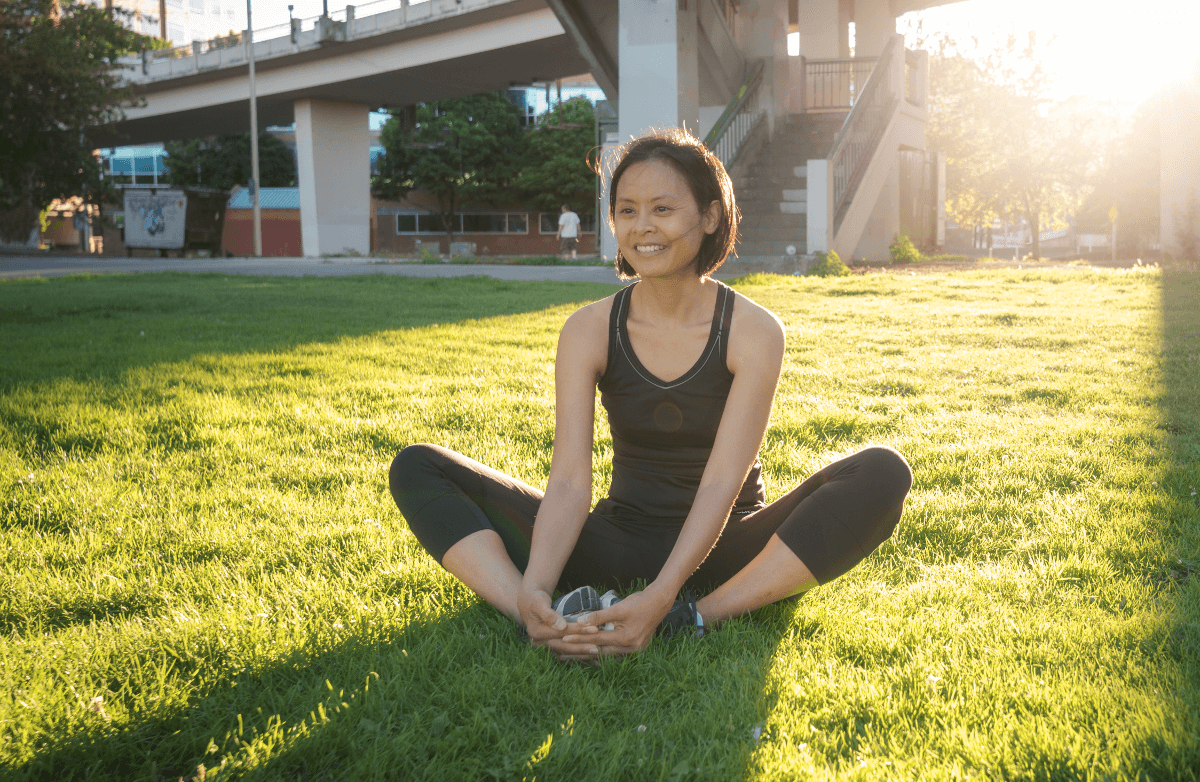When you really think about, we do many things that are "good for our health" or "help build muscle" but don't know the science or reasoning behind why we're actually doing them. While most healthy habits are likely beneficial for your ultimate goals, there's power in knowing why we do these things that we do. When you come to understand why you've always been told to do 10 to 12 reps, for example, you may realize that another rep range would actually be better for your personal strength-training goals.
Whether you've heard of these five healthy habits through the grapevine, through a friend or from a personal trainer you worked with long ago, each has a reputation as being key in the journey to weight loss and fitness. Pick up where the blanket statement leaves off and educate yourself on the "why" behind these habits that might already be ingrained in your personal routine.
1. Perform Half -Lift in Yoga
"Inhale, raise your arms, exhale, forward fold. Inhale, half lift, exhale and forward fold…" If you take yoga, you've done this exact routine or something very similar in class. In many cases, the half lift—a subtle move in which you extend and flatten your back—is repeated a number of times in between other poses. But why is it so common in yoga?"The half lift is typically done as part of a sun salutation, a series of poses done in sequence to create
Parsons explains that the movement promotes lengthening in the spine and strength in the back muscles and shoulders. When done properly, it allows the chest and
Next time you notice your great posture, you can thank your yoga instructor for throwing in a few half lifts last class.
2. Drink Protein Shakes After Your Workout
Protein is one of the most important nutrients for muscle growth, and it's especially necessary after a workout. Protein helps repair damaged muscles, allowing them to strengthen and grow. However, you don't necessarily need a protein shake to get the job done."This tends to be a mix of marketing hype and truth. The important thing to remember is that you need to get enough protein in your diet," says Tyler Spraul a certified strength and conditioning specialist and head trainer at Exercise.com.
He continues, "It doesn't have to come from protein shakes, though, and newer research is showing that it's not as time-sensitive as was once thought."
Some fitness professionals believe you should have your protein immediately following the workout, within the 30 minutes of finishing. However, there is another school of thought that recommends having your shake or protein-heavy meal two to three hours before your workout. The latter is grounded in the fact that because protein takes longer to digest (about eight to 10 grams per hour), your body ends up absorbing the protein just when your muscles need it most. Put another way: If protein takes nearly two to three hours to digest and your body needs that fuel immediately after your sweat session, it won't actually get it if you eat your protein after you finish training since it requires that digestion time. Eating your protein two to three hours before you get moving ensures that the protein releases into your body during and after your workout. Just be sure to give your body enough time to digest to avoid any cramping or stomach discomfort.
Keep in mind that protein needs vary from person to person, but a good rule of thumb is to eat 0.15 to 0.25 grams of protein per pound of body weight, aiming for the higher end of the spectrum if you plan on any high-intensity training. While protein powder is a quick and easy option, turkey, fish,
Ultimately, it's up to what feels best for your body. If eating two hours before a workout makes your stomach upset, wait until after. Either way, remember that you don't have to always resort to a post-workout protein shake to get the muscle-building nutrients you need
3. Do 10 to 12 Reps in Strength Training
If you've ever worked with a personal trainer or printed off There are a two other primary recommended rep ranges that help weight lifters achieve different goals, with three total that people generally follow:
- Six or fewer to build maximum strength
- Eight to 12 to build muscle and definition
- 12 or more to build muscle endurance
4. Stretching First
Stretching before and after a workout is a way to transition from sedentary, to activity, back to active rest or being sedentary again. In recent years, we've learned that static stretching before a run or workout, which is what was traditionally recommended, is actually not a good idea.Static stretching, which involves holding a stretch for 20 to 30 seconds, can actually impede your workout performance significantly according to multiple studies. Instead, rely on static stretching after your workout or post-run as a way to increase flexibility and can improve your performance when done consistently. This practice will also help to slowly lower your core body temperature and stabilize
5. Eat the Rainbow
This great visual reminder is a favorite of parents trying to convince their picky children to embrace a variety of foods on their plate, but it also translates well to anyone working to improve their diet and increase the nutritional value of their meals. The adult explanation is that the "rainbow" is the best way to get an assortment of vitamins and nutrients in your body."Foods, mainly plants, get their color from different compounds known as phytochemicals," says Brittany Poulson, M.D.A., R.D.N., C.D.E. "Depending on the color, these compounds offer different nutritional benefits."
For example, Poulson explains that blue and purple foods get their color from
"Eating the rainbow" by filling your plate with various colors of fruits and vegetables throughout the day ensures that you get a little of every important nutrient, which is the key to a healthy and happy body.
There are many healthy habits that we do without understanding. While this isn't necessarily dangerous, you may have better luck reaching your goals when you know why—allowing you to decide if it's actually beneficial for you. If there are other habits you have, and you don't know why you do them, ask a trainer at your gym next time you're there.



